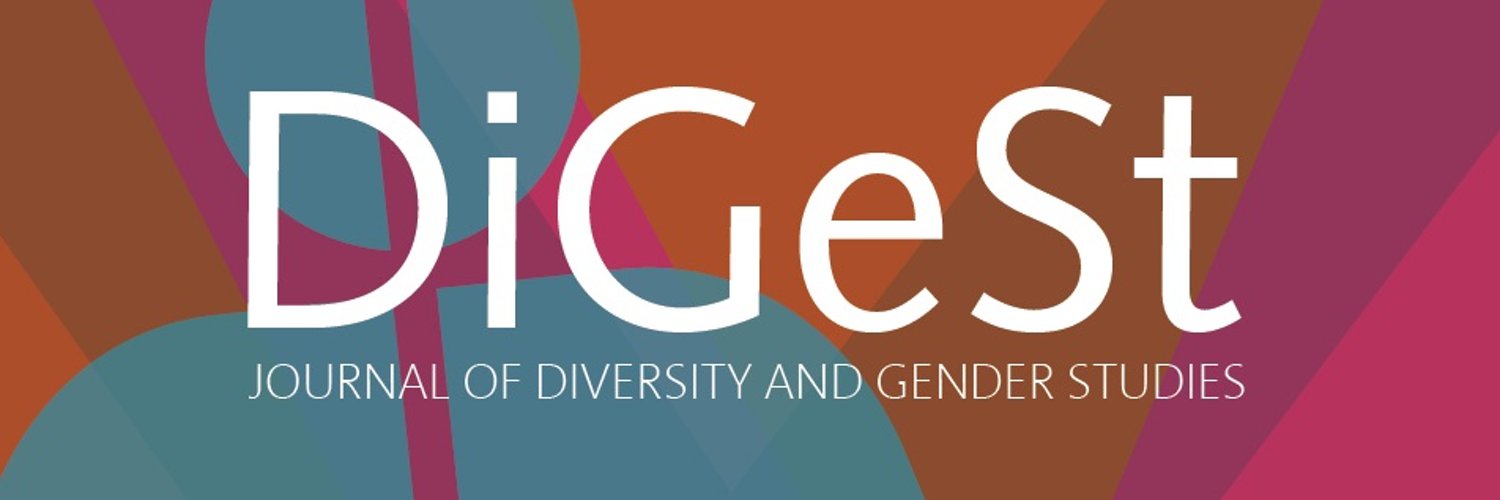Laes, C., Goodey, C.F., Rose, M.L. (2013). Disabilities in Roman Antiquity: Disparate Bodies a Capite ad Calcem. Review by Nina Van der Sype
Abstract
The volume Disabilities in Roman Antiquity brings together twelve contributions that are solely dedicated to the topic of physical and mental disability in the antique world. As there is already a wealth of research available on various aspects concerning the field of (critical) disability studies in contemporary culture, the editors actively contribute to expanding the area of investigation to pre-modern culture. Such explorations can shed light on particular aspects of disability, its individual experience and broader socio-cultural meanings which remain paramount within our modern culture, while at the same time developing the establishment of the subfield of ‘disability history’ within the period of Antiquity. The editors’ recognition of the – to a certain extent – universalist nature of both bodily and mental characteristics, leads to the rejection of a constructivist approach, a choice which they describe as being a ‘theoretical and practical disapproval based on the belief that we are all human beings, sharing certain corporal realities over different cultures and times’ (Laes et al., 2013, p. 6).
How to Cite:
Van der Sype, N., (2024) “Laes, C., Goodey, C.F., Rose, M.L. (2013). Disabilities in Roman Antiquity: Disparate Bodies a Capite ad Calcem. Review by Nina Van der Sype”, DiGeSt - Journal of Diversity and Gender Studies 11(1), 124-126. doi: https://doi.org/10.21825/digest.90473
Downloads:
Download PDF
View PDF
467 Views
86 Downloads
